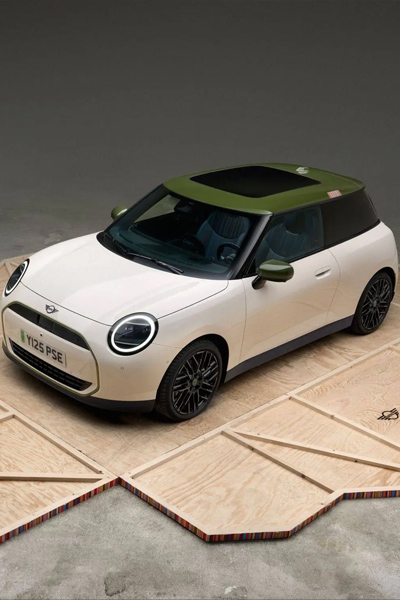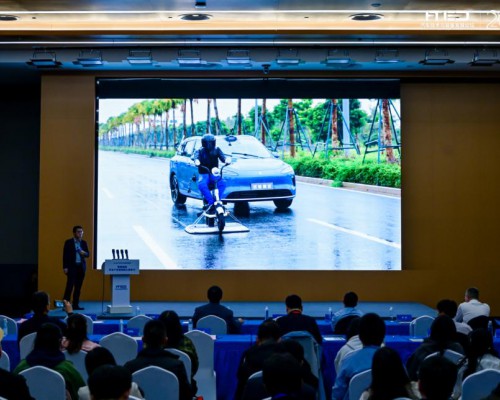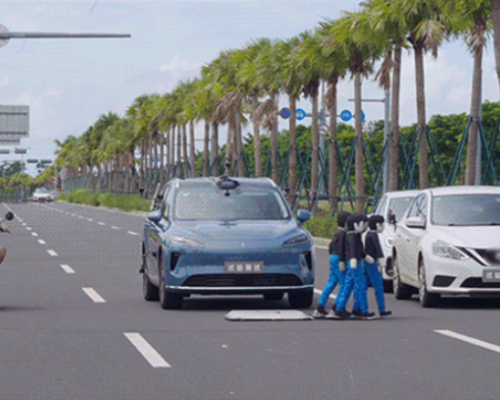More than 50 years ago individuals with polio courageously led the challenge of maintaining mechanical ventilation outside of institutions and quietly initiated a more independent, patient-centered and collaborative approach to respiratory health care. Today, the drivers for home mechanical ventilation (HMV) are different. The rising costs of hospital care, the advent of commercially available noninvasive masks and positive pressure ventilators, have fuelled greater demand for HMV. However, the desire of individuals to maintain a quality of life (QoL) in their homes remains the prevailing impetus. The present HMV clinical practice guideline is intended to be a resource for physicians, healthcare providers, policymakers and individuals at risk for or currently using ventilatory support in the home. The objective is to identify and support ventilated patients who are presently at home, as well as those transitioning to home-based care, where QoL is the greatest and costs are minimized. Developed by The Canadian Thoracic Society (CTS), these guidelines intend to provide the most up-to-date information and evidence-based recommendations to enable practitioners to manage the provision of preventive airway management and home ventilation.
These guidelines are composed of disease-specific sections in addition to overriding subjects such as ethical considerations, transition to home and airway clearance. In the discipline of respiratory medicine there are extremely few prospective or randomized trials. As a result, most recommendations are based on retrospective or descriptive studies and, to a great extent, on consensus of the CTS HMV committee.
Recommendations strive to achieve a balance between an exceptional standard of care illustrated in the literature and the reality of healthcare in Canada where geographicalhealth care and economic barriers may require compromise to ensure the availability of the best care possible. This approach may also allow greater applicability to jurisdictions where, for example, polysomnography may be unavailable or so difficult to obtain as to present unacceptable barriers to appropriate, timely introduction of noninvasive ventilation (NIV). Nevertheless, some subjects considered to be important by the committee are not addressed in the literature. Some jurisdictions have access to provincial ventilator pools, in which equipment and knowledgeable health care professionals are available at relatively minimal cost, to ensure the success of HMV. The literature does not address questions regarding government-funded equipment pools. On important issues for which literature is lacking, but strong expert opinion was available, recommendations were made by the HMV Guideline Committee.
No article in the literature, to our knowledge, addressed the appropriate addition of a back-up ventilation system aside from patients fully ventilated through a tracheostomy; accordingly, it remains uncertain as to precisely when an individual on NIV should have an additional ventilator or when alarms should be required. The general recognition that NIV is not designed for full 24h life support has resulted in this uncertainty. However, patients are, in fact, using 24h NIV, without which they are at risk for acute respiratory failure. This area of risk management will need attention in future investigation.Throughout the recommendations; it is assumed (aside from that clearly stated in the section on Transition to Home) that appropriate training will be provided to patients and caregivers.
These guidelines do not address negative-pressure body ventilators or abdominal ventilators because positive-pressure ventilators have, with few exceptions, completely replaced negative-pressure ventilators in the home. Although potentially of significant clinical value in the follow-up of patients on NIV, no recommendations are made on the use of digital information and downloads from bilevel devices. Additional research is desperately needed to address many of these critical questions.
机械通气攻略 2011年CTS家庭机械通气攻略
精彩推荐
- 以全方位安全守护重塑出行体验,问界新M5 Ultra闪耀广州车展

2025年广州国际车展如期而至,作为年末最具影响力的汽车盛会,现场汇聚了全球主流品牌与前沿技术。在众多展台中,问界新M5 Ultra跃影红车色惊艳亮相,以及扎实的产品力,成...详细
- "迷你至简"又多元个性,可以入手的PAUL SMITH设计师款MINI汽车广州亮相

11月20日,在广州溯榭映美术馆举办的MINIPaul Smith设计沙龙上,MINI PAUL SMITH设计师款完成了它的中国首秀。MINI品牌设计总监Holger Hampf在沙龙现场表示 :每一天都是新...详细
- 中汽研实测满分认证!鸿蒙智行全系安全硬实力破局行业乱象

随着辅助驾驶功能从高端车型的专属配置逐步下沉为新能源汽车的标配选项,消费者对这项技术的关注点始终聚焦于最核心的安全性上。然而,近年来频发的辅助驾驶相关事故、各第...详细
- 辅助驾驶测评标准趋严,鸿蒙智行以安全表现树立行业标杆

近年来,随着智能汽车快速发展,辅助驾驶功能逐渐成为消费者选车的重要参考。然而,由于第三方测评标准不一、测试方法各异,导致评测结果往往难以横向比较,甚至引发公众对...详细
本周热门
- 同仁堂健康双十一活动开启 “象食养医”倡导从健康的时候就关注健康

如果你想了解自己身体的秘密,让健康成为日常的生活方式,保持年轻的状态,实现抗衰老,逆生长的美好愿望,那么今年双十一的这场活动你一定不要错过。11月1日,同仁堂健康...详细





